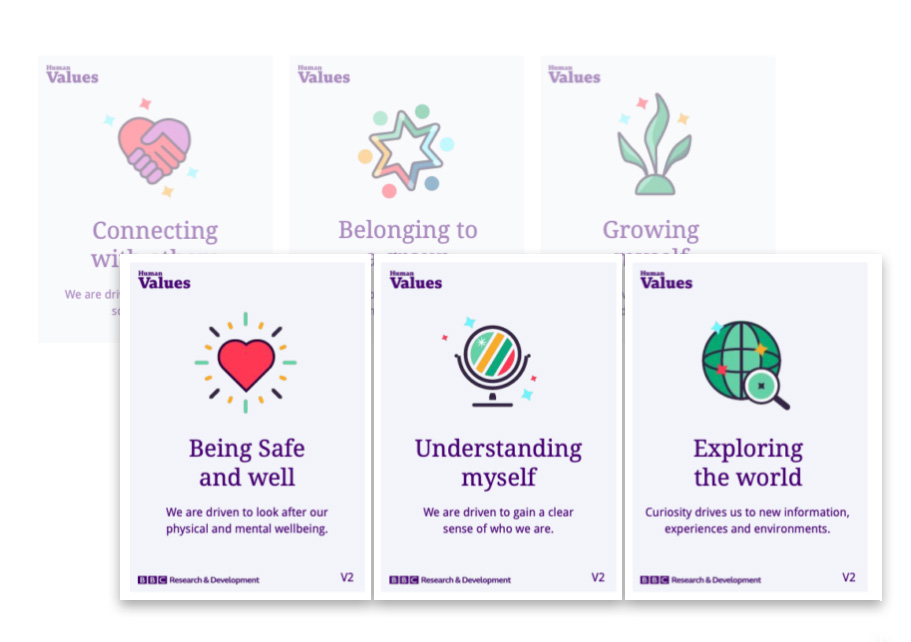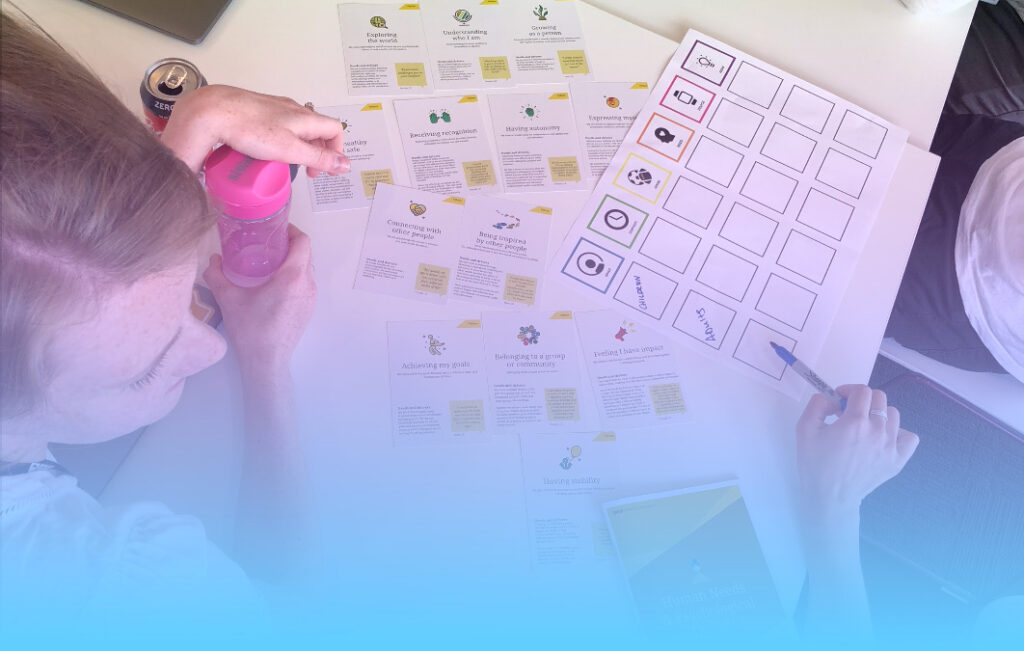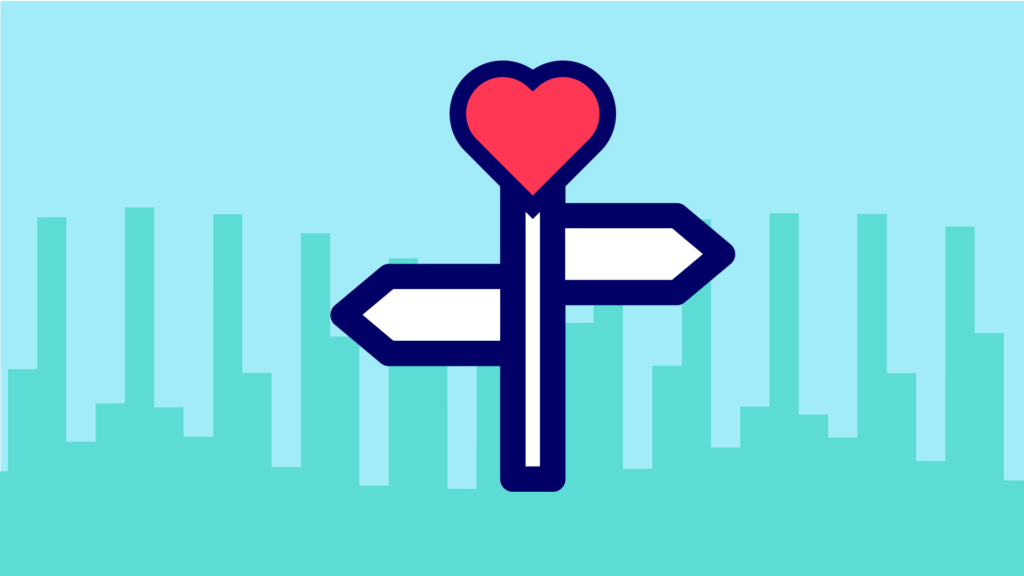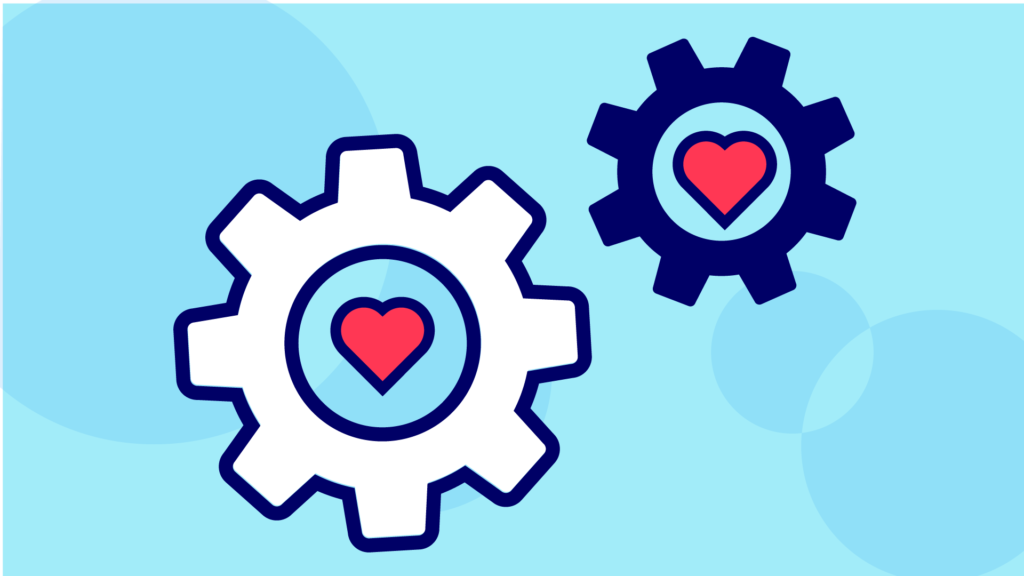Does the human values framework translate to design practice?
Over the last three years BBC R&D has been exploring the importance of human values like connecting to others, pursuing pleasure, and achieving goals. We want to understand how these core human values could help the BBC and others create experiences that are meaningful and positive for audiences, and we have developed a framework for thinking about them inside organisations.

The latest stage of this work, funded by Nesta’s Next Generation Internet project, involves a collaboration with the agency DesignSwarm to explore how our framework can be incorporated into more traditional design practice. We hope to develop a set of recommendations that will support practitioners who, like us, believe that embedding human values into business can enhance the human-centered design process, translating into positive outcomes for customers, employees and the business itself.
Hearing from practitioners is important to learn about the common ways of working across industries, as well as about how decisions are made and the types of barriers we might encounter in attempting to embed the framework into those existing practices. So we started our project with a series of workshops that brought together a wide range of practitioners, not just from design and engineering but architecture, journalism, and people working in startups.

The workshops were held in January 2021, when the UK was in lockdown as a result of the Covid-19 pandemic, so they took place online using a range of tools.
The workshops opened our eyes to the realities of business, exposing us to not only important processes that practitioners cycle through, but in relation to important decision-making practices. With an infinite number of breakout rooms available (via Zoom), we were able to curate a wide range of smaller discussions and reflections, which gave space for reflection and let people share stories which added insights into their ways of working.
In terms of process, at the larger scale we noticed that while designers go through a recognisable design thinking process, such as the well-known double diamond, other professions were less methodical – the journalists we talked to were much less structured and more free-flowing. This is important for us as we experiment with different approaches that allow for the framework to be used in different industries.
We also gained a deeper insight into the importance of macro and micro decision making at different points in the design process. One key observation was that decisions are sometimes forced at friction points when a problem becomes ‘’too big’’, and therefore attempts to integrate our framework needed to work in both early on in the creative practice, as well as throughout the process as a means of checking progress so that it was available before and after these friction points.

Overall we found a mixture of enthusiasm and trepidation when we presented the framework. It was described positively as healthy, compelling, and sustainable, and there was a sense that, if done right, could unlock a path that could be truly human-centered. But there were concerns that without support from senior leadership and the right tools in place the framework would get lost in other business critical conversations.
When we probed further, the view was that evidence would be needed to demonstrate the effectiveness of delivering business goals through this more human values-centred design, and that any ethical argument would not be strong enough on its own.
As well as senior level support, attendees identified two other factors as critical for adoption: support within the practice, and embedding this approach within the internal culture.
In one sense, this project is about the first of these. We want to provide tools and support for people who are attempting to apply this thinking in their work, and need practical guidance in achieving this.
The next step, embedding it firmly in the culture, is more complex. It is a result of having senior support and suitable methods, but it will only be possible through internal advocacy, sharing insight and embedding into business cases with a clear rationale. These types of efforts are able to attract attention from those higher up, but effort of this kind in isolation will lack the immediacy of a top-down implementation. Concrete evidence that this approach enhances the business outcomes would increase the likelihood that grassroots mobilisations could occur, so we need a way to provide that.
Unfortunately the current perception and measurement of success, where rigid targets for consumption, attention, and engagement limit the freedom to explore new aims. This can lock people in a cycle of designing and measuring for attention, which can make it hard to focus on anything other than consumption. Unless human values are embedded in the culture of the organisation it may be impossible to overcome this.
We also saw that the overall culture, size, and type of business could impact the likelihood of adopting the human value framework. The most desirable factors seem to be larger businesses, those with the freedom to experiment and not at risk of collapsing; whereas smaller, younger, or start-up companies seemed to require fast-paced consumption metrics to demonstrate value, leaving little room to experiment with new approaches.

These insights have been invaluable for us to focus on building evidence to demonstrate the potential value that the framework could provide businesses, and also on determining what counts as good evidence in this context. In order to be persuasive the human value framework needs to show the potential benefit on every level; business, consumer and employee. Benefits to the business should be clear and along the lines of showing how human and business values can align, the positive impact on the consumer as well as on the employees. Examples and case studies would be beneficial in this instance, especially where other companies had taken a similar approach. For example, mixing a financial and social bottom line.
We also learned that in building evidence about the potential positive impact for the consumer, it can help to showcase the reverse. This means where negative or detrimental effects on consumer well-being exist due to a business acting in ways that negatively impact on their human values, or where companies had ignored human values in the quest to fulfil specific metrics tied to attention or engagement. The human value framework was informed by research around digital wellbeing, and so it seems more important than ever to inform people about taking this human-centred approach.
Taking the insights on board, we believe that implementing the framework into the full process would be key, allowing people to use it at various points, and summarised nicely by one of the attendees ‘Human values are like Human rights. It’s foundational and can’t be ignored’’.
Our next step is to experiment with how the framework could be injected through a number of methods in all phases. Learning about how it can be used in a discovery phase, but equally as something to strive for and measure, will enable a true human-centered approach to design. And, if current progress towards easing lockdown in the UK continues, we may be able to combine in person workshops with the online ones we have been using to date.
